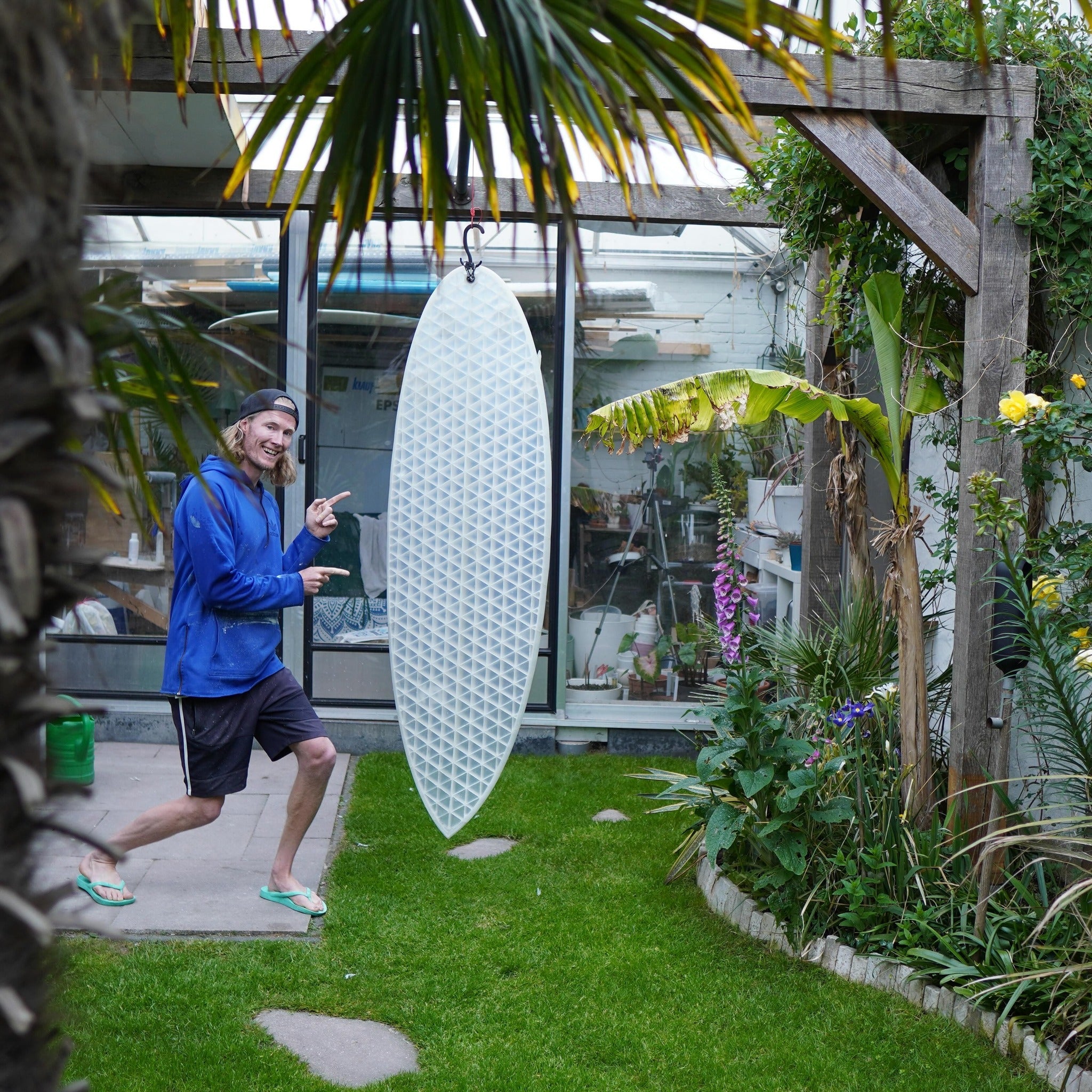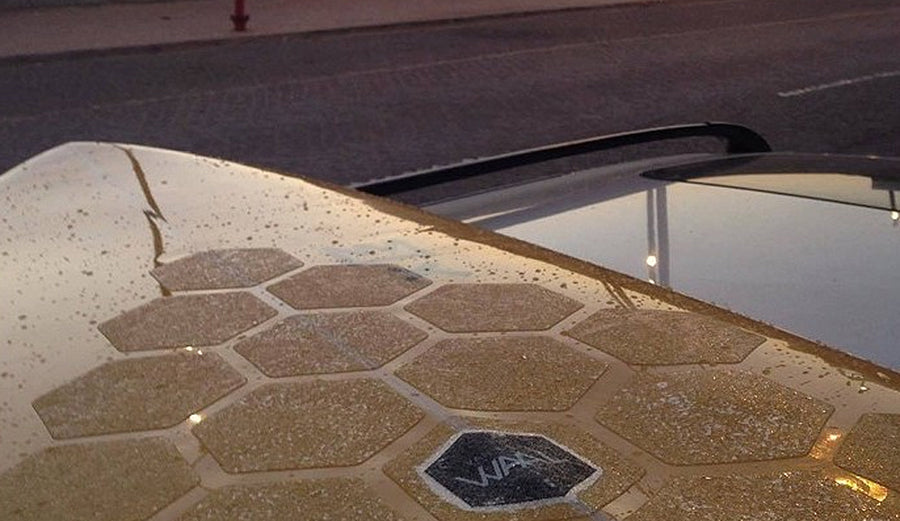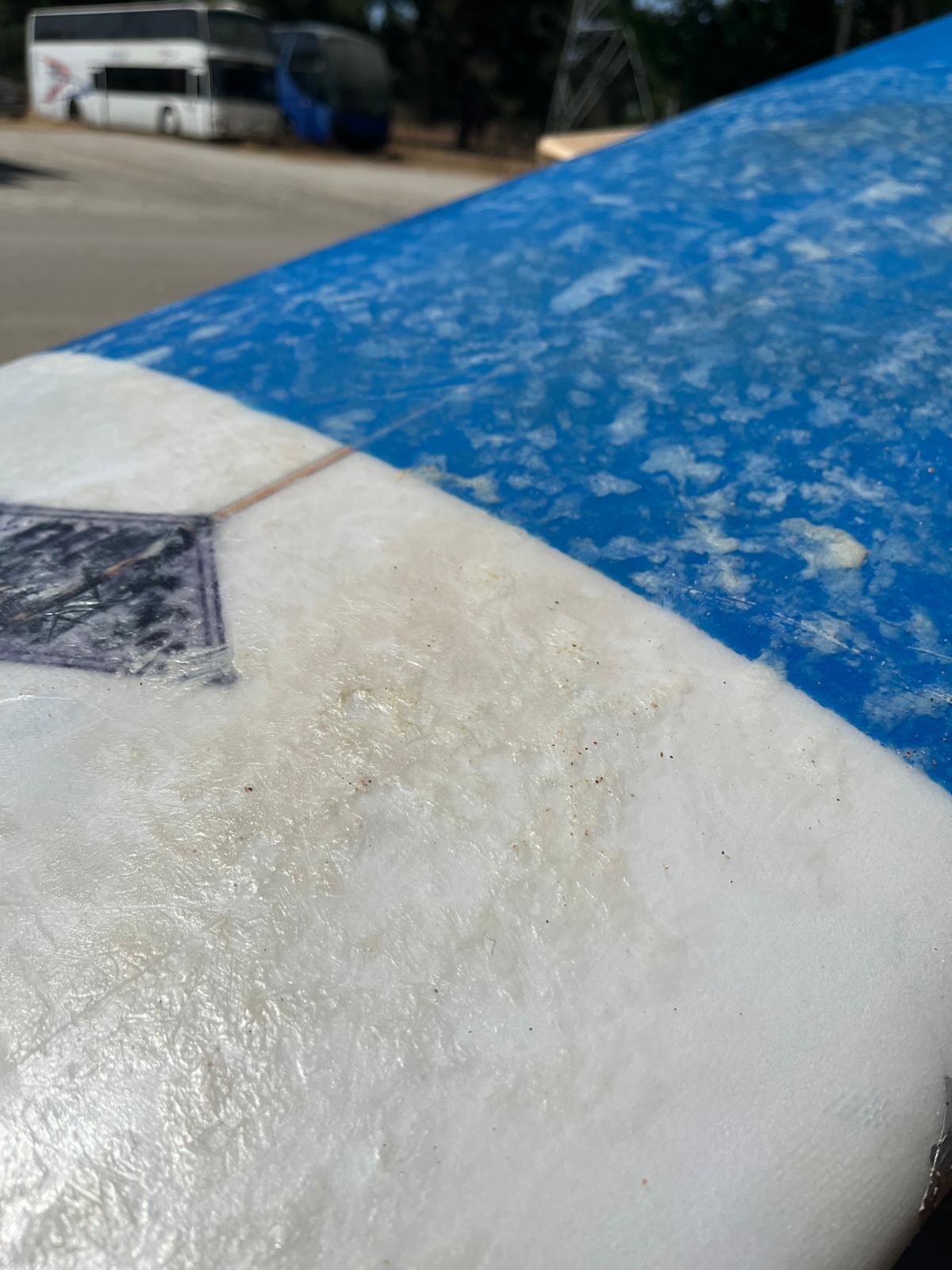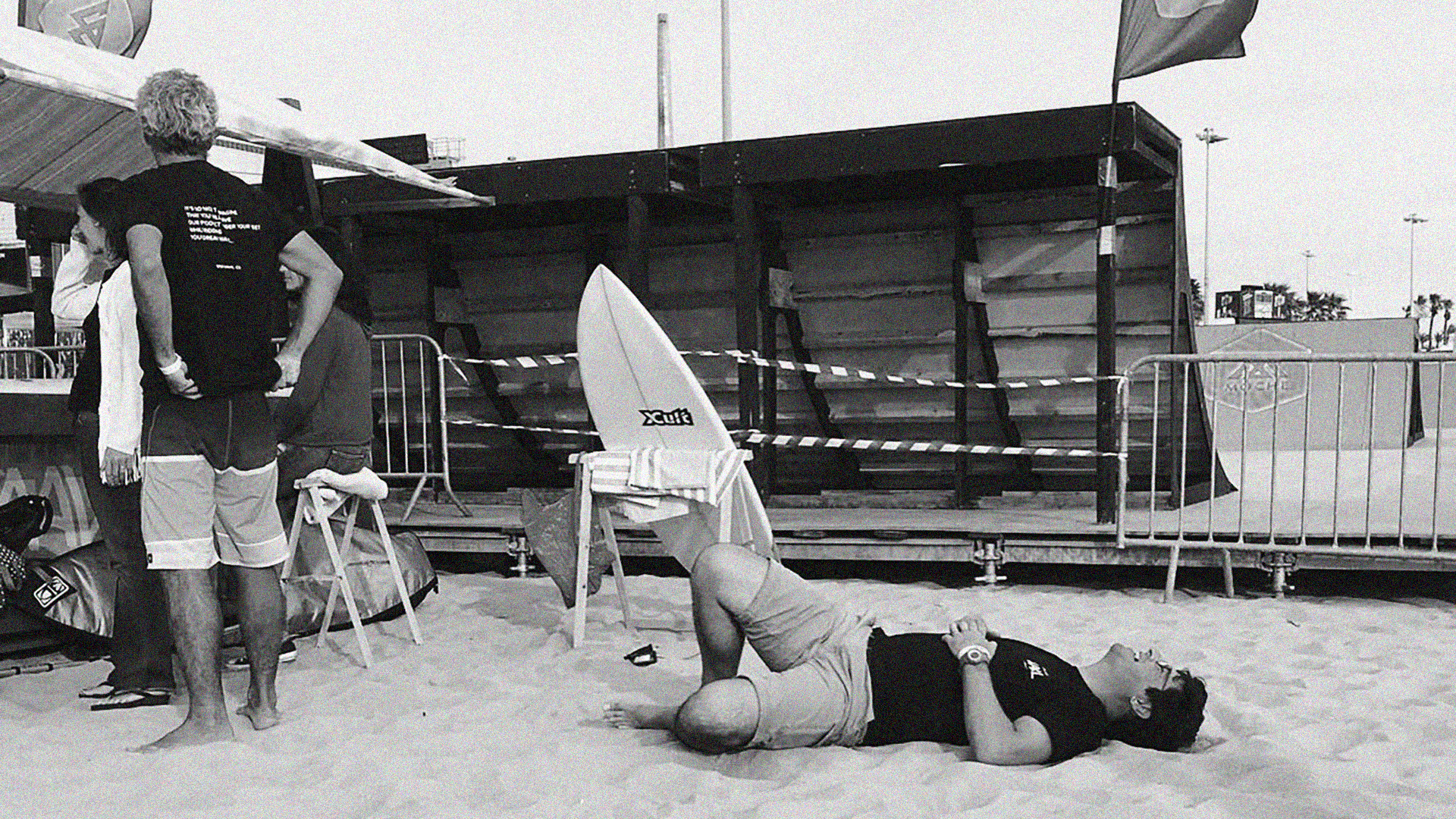Surf wax has been here for ages and it’s still the industry standard to keep the surfer from slipping off the board when paddling out or riding a wave. Accordingly to California Surf Museum, ‘At some point surfers had discovered they could coat their wooden boards with a thin layer of sand-infused varnish, which increased traction but also scraped their knees, chest, feet, and thighs. In 1935 a teenage Al applied a small amount of liquid floor wax to the deck of his surfboard, and liked the results.’
Despite surf evolves a lot as a sport - and you just have to watch Kelly vs Irons in Pipeline Masters 2003 - the fact is that looking closely it’s kind of obvious that surf gear doesn’t evolve that much. The called Shortboard Revolution was in the sixties (!!!!) and the most common fin setup (thruster) has been here since 1980 and despite some carbon stripes (and boards) or graphene in wetsuits, I don’t see a lot of (r)evolutions in the surf industry.
Back to the idea of keeping the surfer from slipping, today we have 2 options. Surf traction pads and wax. At first sight, surf wax looks like the cheaper solution, but that’s a misunderstanding. Over time, surf wax becomes as expensive as surf traction pads and don’t forget that ‘today, paraffin is still the main surf wax ingredient, along with beeswax, petroleum-based products, rubber or resin, and plastics for temperature control. ’ and all that will melt into our oceans and beaches.
















0 comments